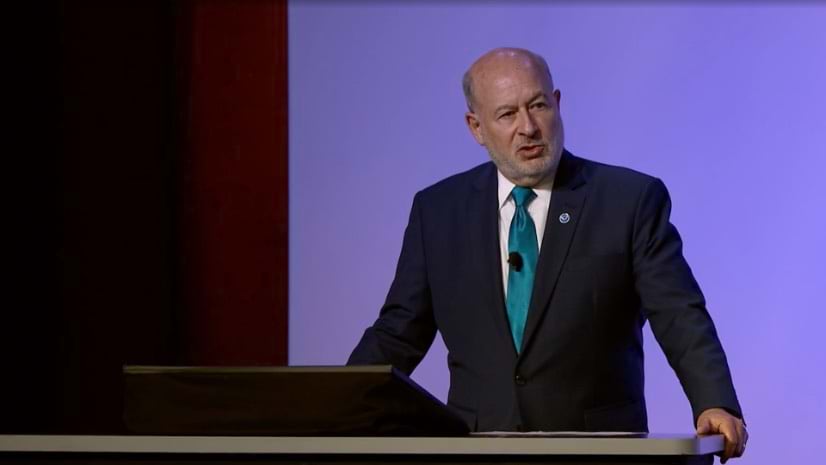
April 4, 2024
Video: From Data to Decisions: How NOAA Uses GIS to Forecast the Climate Future

If you’re the only federal agency tasked with prediction, how do you go about it?
For oceanographer Richard Spinrad, head of the National Oceanic and Atmospheric Administration (NOAA), you turn to satellites and other sensors for monitoring and geographic information system (GIS) technology for mapping and analysis.
Spinrad sees collaboration—and data shared—between the government and private sector as vital to predictive modeling. This data-driven approach reveals the impacts of climate change on oceans and coasts. With sensors and maps, NOAA provides environmental intelligence to inform climate policy and strategic marine ecosystem conservation. Spinrad believes in the power of maps to deliver a more livable future.
